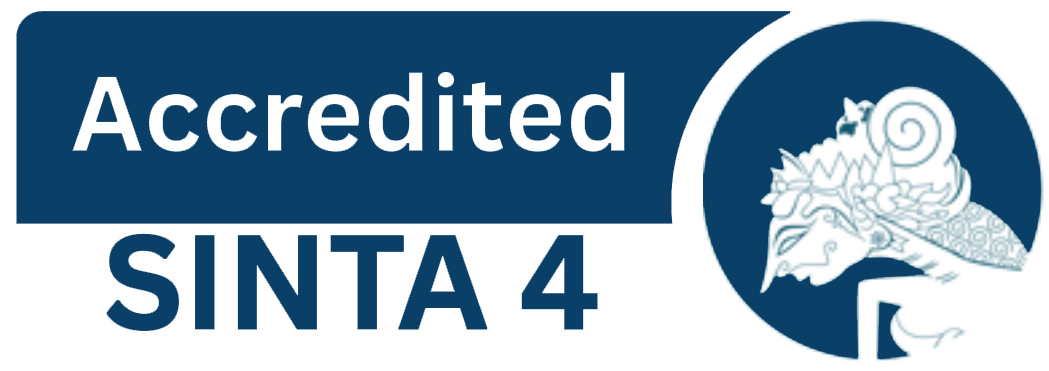APPLICATION OF CONTEXTUAL TEACHING AND LEARNING MODEL (CTL) TO IMPROVE READING UNDERSTANDING ABILITY
DOI:
https://doi.org/10.22460/collase.v1i4.2285Keywords:
contextual, learning, improvingAbstract
Reading is a very important language skill. Because by reading someone can increase knowledge. But in its implementation in school there are still many obstacles. Based on the results of research that students' reading ability in schools is still relatively low. Another problem in reading learning, which needs to be thought by all parties is the problem of competence and creativity of the teacher in compiling reading learning materials. Because the development of learning materials is very important in motivating student learning. Teachers must be able to compile learning materials that are appropriate to the conditions of the student's own environment. Contextual learning materials will motivate students in learning. The main problem in this study was "Application of the Contextual Teaching and Learning (CTL) Model in Reading Learning to Improve Reading Comprehension Ability in Grade IV Students of SDN 165 Bandung City Trainings 2017/2018 Academic Year. In this study the authors used descriptive methods. Using instruments interview research, observation, observation, and tests. The purpose of this study was to determine the success of the Contextual Teaching and Learning Model (CTL) in Grade IV Students of SDN 165 trainings in reading comprehension learning. In this study the authors used Classroom Action Research (CAR) using 2 Cycles. After the data is collected, the writer analyzes, calculates the average, and presents the results. Based on the results of the study the authors conclude, that learning to read comprehension by applying Contextual Teaching and Learning (CTL) results is very good. Hi, this is proven if the average pre-test results only reach 4.60 or 46% of students understand the content of the reading. After being implemented in the first cycle there was an increase, namely the average value of the test post reached 7.20 or 72%. While the results of the post cycle II test reached an average value of 8.20 or 82%. Thus, when compared to the results before using the model and after using the Contextual Teaching and Learning Model (CTL) there is a very significant increase seen from the average value and percentage.
References
Akhadiah. (2010). Bahasa Indonesia I. Jakarta : Depdikbud Dirjen Dikti.
Dahlan, M.D. (2009). Model-model Pembelajaran. Bandung: CV Dipenogoro.
Departemen Pendidikan Nasional. (2010). Pedoman Pembelajaran Karya Ilmiah. Bandung: UPI.
Departemen Pendidikan Nasional. (2010). Standar Isi Untuk Satuan Pendidikan Dasar dan Menengah. Jakarta : Depdiknas.
Depdikbud. (2008). Kamus Besar Bahasa Indonesia. Jakarta : Balai Pustaka. Depdikbud. (2008). Pedoman Umum Ejaan Bahasa Indonesia yang Disempurnakan. Jakarta: Depdikbud.
Depdiknas. (2008). Kurikulum Sekolah Dasar. Jakarta: Depdikbud.
Harj sujana. (2010). Membaca 2. Jakarta: Depdikbud.
Hanafiah. (2008). Masalah Pembelajaran dan Penelitian Tindakan Kelas. Bandung: FKIP UNINUS.
Kemmis and Taggart. (2009). The Action Research Planners Dekaio University.
Kasbolah, Kasihani. (2008). Penelitian Tindakan Kelas. Malang : Depdikbud.
Moleong. (2010). Metode Penelitian Kualitatif. Bandung : Remaja Rosdakarya.
Mulyasa, E. (2008). Menciptakan Pembelajaran Kreatif dan Menyenangkan.
Mulyasa, E. (2009). Praktik Penelitian Tindakan Kelas. Bandung : PT Remaja Rosdakarya.
Rahim. (2010). Pengajaran Membaca di Sekolah Dasar. Jakarta : PT Bumi Aksara.
Rochiati. (2008). Metode Penelitian Tindakan Kelas. Bandung : Remaja Rosdakarya.
Suharsimi. (2008). Penelitian Tindakan Kelas. Jakarta: Bumi Aksara.
Suherman, E. (2009). Pembelajaran Kooperatif Bandung: UPI Press.
Surakhmad, W. (2009) Pengantar Penelitian Ilmiah Metode Dasar dan Teknik. Bandung: Bumi Cipta.
Suherman, E. (2010). Model Pembelajaran CTL. Bandung : Depdiknas.
Tarigan, D. (2008). Teknik Pengajaran Keterampilan Berbahasa. Bandung: Angkasa.
Tarigan, H.G. (2009), Membaca Sebagai Suatu Keterampilan Berbahasa, Bandung: Angkasa.
Triyono. (2008). Model - model Pembelajaran, Bandung: Depdiknas.
Wahab Azis, (2007). Wiraatmadja. (2005). Metode Penelitian Tindakan Kelas. Bandung : Remaja Rosdakarya.



